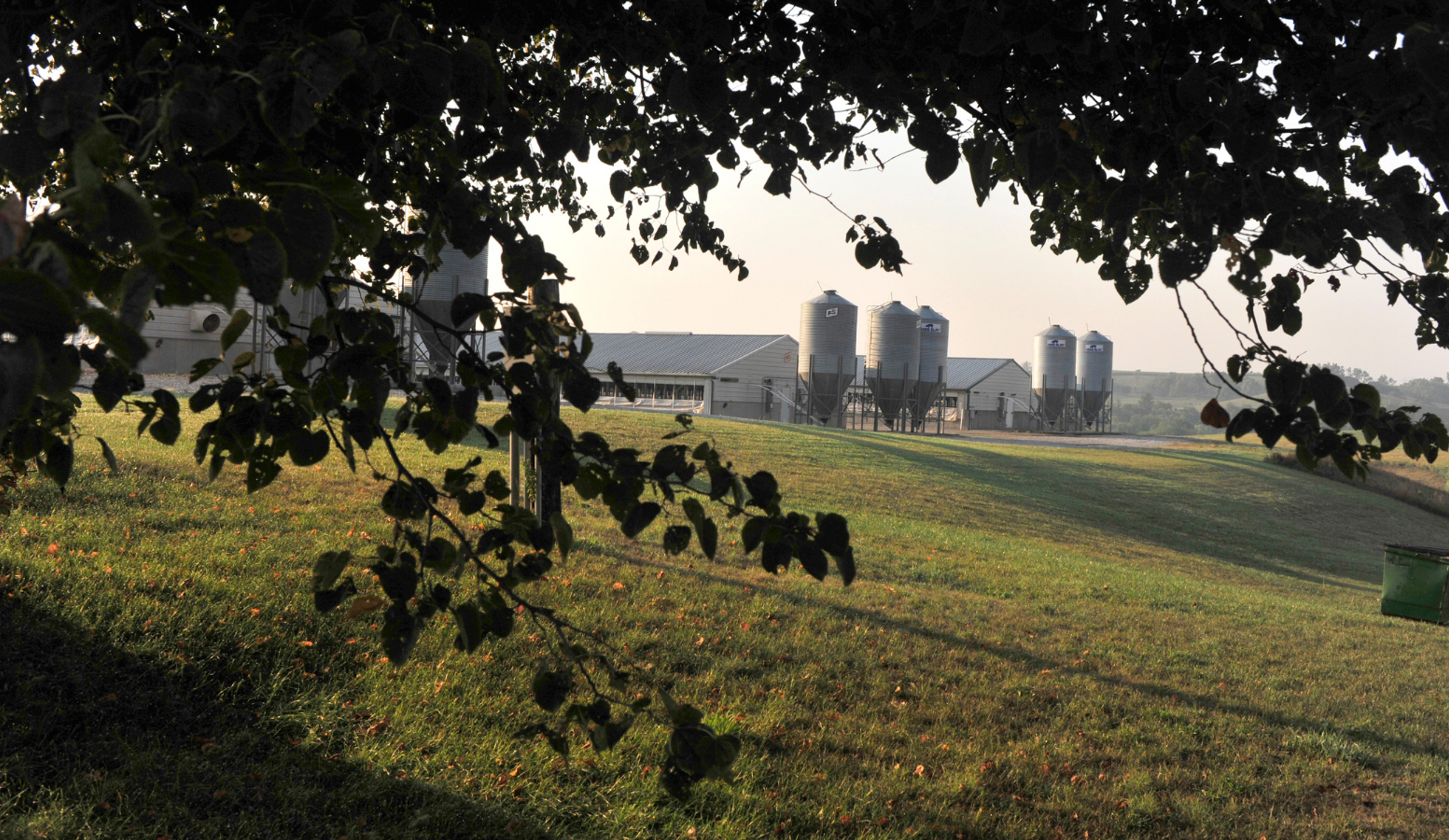Real-World Use Cases for Wireless Feed Sensors
June 20, 2023 | Blog
Michael Hansen
CEO
Swine and poultry growers provide a significant source of protein for people around the world, and the demand for their products is only increasing. As such, growers across both industries are constantly looking for ways to produce animals more efficiently and cost-effectively.
“We might get a water notification when consumption is down 30%. 7/10 times, they’re out of feed.” – Lynn Becker, LB Pork
Automated Monitoring:
Wireless feed sensors automate the feed monitoring process, allowing growers to monitor feed levels in real-time without having to physically check each feeder. With this information, growers can adjust feeding schedules, quantities, and even types of feed to ensure that their animals are getting the nutrition they need.
Optimize Feed Supply Management:
By using wireless feed sensors, pig and poultry growers are able to manage their feed supply more effectively. They can monitor feed levels in real-time and adjust feeding schedules and quantities accordingly. The ability to monitor feed levels remotely also means that growers can reduce the time and labor required to check feed levels manually.
Cross-Compare Water Usage:
When pigs and flocks are not getting enough feed, they tend to reduce their water intake. As a result, monitoring water consumption can be a useful tool in detecting potential feed issues. By tracking feed intake and comparing it to water consumption in real-time, growers can quickly identify when their animals are not getting enough feed, allowing them to take corrective measures before any significant health or economic damage occurs.
“It’s insane how pigs being out of feed for six hours affects the water consumption.” — Lynn Becker, LB Pork
Uphold Feed Quality:
In addition, wireless feed sensors enable growers to identify any issues with feed quality, such as mold or spoilage, before it impacts the health of their animals. By avoiding overfeeding, growers can reduce the incidence of health problems and stem losses.
Reduce Feed Costs:
A study conducted by Iowa State University found that using wireless feed sensors in pig production reduced feed costs by 5%, and also improved animal health. The study found that the sensors helped growers provide more precise nutrition to their animals, resulting in fewer cases of overfeeding and underfeeding.
Prevent Disease Outbreaks:
Wireless feed bin sensors also help to reduce the risk of disease outbreaks in pig and poultry populations. Overfeeding can lead to the build-up of waste in animal housing, which can attract insects and rodents that may carry disease. By preventing overfeeding, wireless feed sensors help to reduce the risk of disease outbreaks, leading to healthier animals and a more sustainable farming operation.
By automating the monitoring of feed levels, growers, producers, and integrators can ensure that their animals are getting the right amount of feed at the right time, improve animal health and productivity, reduce waste and save money.
Connect with an Expert
Related Resources
Comparing Wireless Feed Sensors to Other Measuring Methods
With wireless feed monitoring technology promising to revolutionize the way growers measure feed intake, it’s important to consider how wireless feed sensors compare to other methods of measuring feed.
Wireless Feed Bin Sensors for Swine and Poultry
Wireless feed bin sensors have been developed to help growers measure the amount of feed in their bins, helping to optimize feed delivery schedules, reduce out of feed events, and improve their animals’ performance.
